Are you curious about the future of International Container Shipping Prices in 2025?
Understanding how these prices are determined and what factors influence them is crucial for importers looking to optimize their shipping strategies. In this comprehensive guide, we will explore the key elements that affect container shipping costs, the current trends shaping the market, and practical tips to help you navigate this complex landscape. Get ready to dive in and discover how to make informed decisions in your international shipping endeavors!
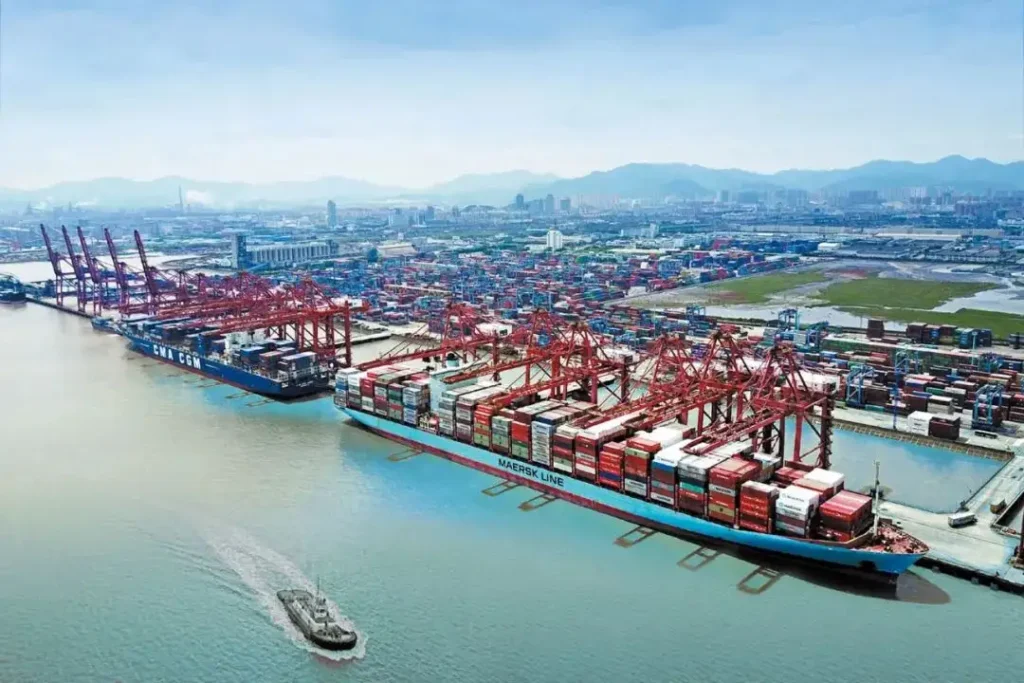
Understanding International Container Shipping Prices
What Are Container Shipping Prices?

International Container Shipping Prices refer to the costs associated with transporting goods using standardized shipping containers across international waters. These prices can vary significantly based on a multitude of factors, including the type of cargo, shipping route, service provider, and market conditions. At its core, the price reflects the expenses incurred in moving a container from one port to another, encompassing various components such as freight rates, port fees, insurance, and additional handling charges.
The pricing structure can be complex, often broken down into:
- Freight Charges: The main cost for transporting the container.
- Bunker Adjustment Factor (BAF): A surcharge related to fuel costs.
- Currency Adjustment Factor (CAF): A fee incurred due to fluctuations in currency exchange rates.
- Port and Terminal Fees: Charges for loading and unloading the container at ports.
Understanding these components is essential for importers to accurately estimate the total cost of shipping and to make informed decisions when selecting logistics providers. Importers should also consider how much is ocean freight from China as a key benchmark.
Importance of Knowing Shipping Costs for Importers
For importers, having a solid grasp of International Container Shipping Prices is crucial for several reasons:
- Budgeting: Accurate knowledge of shipping costs allows importers to budget effectively. These costs can significantly impact overall product pricing and profitability.
- Cost Competitiveness: Understanding shipping rates helps importers negotiate better terms with freight forwarders and shipping lines, ensuring they remain competitive in the market.
- Supply Chain Efficiency: Knowledge of shipping costs aids in optimizing supply chain strategies, allowing importers to streamline operations and reduce delays.
- Risk Management: Fluctuations in shipping costs can affect profit margins. By staying informed about current trends and future predictions, importers can better manage risks associated with unexpected price increases.
- Informed Decision-Making: Importers can make strategic choices regarding which suppliers to engage with, based on the total cost of shipping, including logistics and delivery timelines.
READ MORE:
- Shipping From China to the USA
- Shipping From China TO Canada
- Shipping From China TO Mexico
- Shipping From China to Panama
- Shipping From China to Costa Rica
- Shipping From China to Brazil
- Shipping From China TO Colombia
- Shipping From China to Jamaica
- Shipping From China to Venezuela
- Shipping From China to Argentina
Key Factors Influencing Container Shipping Prices
Supply and Demand Dynamics
The balance between supply and demand is one of the most significant determinants of container shipping prices. In times of high demand, prices often increase as shipping companies capitalize on the opportunity to maximize profits. Conversely, during periods of lower demand, prices may drop to attract customers. Seasonal peaks, such as during holiday seasons or harvest times, typically see a surge in demand, leading to increased pricing.
Seasonal Variations in Shipping Rates
Shipping rates are not static and can vary significantly throughout the year. For example, the peak shipping season (usually from late summer to early fall) often results in higher freight costs due to increased volumes. Understanding these seasonal trends is crucial for importers to plan shipments strategically and potentially save on costs.
Distance and Route Considerations
The distance between the origin port and the destination port plays a significant role in determining shipping prices. Longer routes naturally incur higher transportation costs due to fuel consumption and time spent at sea. Additionally, certain shipping routes may be more congested or subject to delays, influencing overall shipping times and costs.
Container Type and Size Impact
The type and size of the shipping container also affect pricing. Standard containers, such as 20-foot and 40-foot containers, typically have established rates. However, specialized containers (like refrigerated or open-top containers) may incur additional costs. Importers should select the appropriate container type based on their specific cargo needs to avoid unnecessary expenditure.
Cargo Type and Special Handling Requirements
Different types of cargo require varying handling methods, which influence shipping prices. For instance, hazardous materials or perishable goods may necessitate special handling or storage conditions, leading to increased costs. Importers should clearly communicate their cargo requirements to their freight forwarder to ensure accurate pricing.
Fuel Costs and Bunker Adjustment Factors
Fuel costs are a major expense in maritime shipping. The Bunker Adjustment Factor (BAF) is a surcharge applied to freight rates to account for fluctuations in fuel prices. As global oil prices rise or fall, so too will the BAF, impacting overall shipping costs.
Currency Fluctuations and Their Effects
Currency fluctuations can dramatically impact shipping prices, especially for international transactions. A stronger U.S. dollar, for example, can make shipping to the United States more expensive for importers using weaker currencies. It’s essential for importers to monitor currency trends and potentially lock in rates to mitigate risks.
Service Charges and Port Fees
Shipping costs also include various service charges and port fees. These can include terminal handling charges, customs fees, and storage costs if containers are held at ports for extended periods. Understanding these additional costs is crucial for importers to get an accurate estimation of total shipping expenses.
Competition Among Shipping Lines
The level of competition among shipping lines can lead to price variations. In markets with numerous carriers, prices may be driven down due to competitive pressure. Therefore, importers should consider multiple options when choosing a freight forwarder or shipping line to ensure they are receiving competitive rates.
In summary, understanding the intricacies of International Container Shipping Prices and the various factors that influence them is essential for importers looking to optimize their shipping strategies and control costs effectively. By leveraging this knowledge, importers can make better decisions, engage with reliable freight forwarders like Dantful International Logistics, and enhance their overall supply chain efficiency. For example, those looking to ship specific products can explore options like door to door shipping from China to Dominica or expedited shipping from China to Canada.
Current Trends in Container Shipping Prices (2025 Outlook)
Overview of Recent Rate Changes
In the global logistics industry, container shipping prices have seen significant fluctuations, particularly post-pandemic. According to the Drewry Container Index, the average global spot rate for a 40-foot container rose to $8,000 in early 2022 before experiencing a decline throughout 2023, settling around $2,500 as of September 2023. This significant drop is primarily attributed to the stabilization of supply chains and a decrease in consumer demand, which has led to a surplus of container capacity.
To provide a clearer understanding, here’s a brief comparison of container shipping prices over recent months:
| Month | Average Price (40ft Container) | Notes |
|---|---|---|
| January 2023 | $3,200 | Peak demand post-holiday season |
| April 2023 | $2,800 | Decline due to increased capacity |
| July 2023 | $2,500 | Stabilization of shipping conditions |
| October 2023 | $2,600 | Seasonal demand increase anticipated |
As we look forward to 2025, these rates are expected to remain volatile due to ongoing adjustments in demand and supply dynamics across various global markets.
Predictions for Future Pricing Trends
Experts predict that container shipping prices will continue to stabilize as the market adjusts to new norms following the pandemic. The International Maritime Organization (IMO) forecasts a modest increase in rates, with estimates suggesting that by late 2025, the average price for a 40-foot container may rise to around $3,000 – $4,000. This projection is predicated on several factors, including increased trade activity, regulatory changes concerning environmental policies, and evolving shipping practices.
Key trends expected to influence pricing include:
- Technological advancements: Increased efficiency through digital platforms and automation could lower operational costs and impact rates positively.
- Environmental regulations: Stricter regulations may require shipping lines to invest in greener technologies, influencing cost structures.
- Market fluctuations: Ongoing geopolitical tensions and trade disputes may create unpredictable shifts in demand, affecting shipping rates.
Impact of Geopolitical Events on Shipping Rates
Geopolitical events have a profound impact on container shipping prices. Factors such as trade wars, sanctions, and military conflicts can disrupt global supply chains and cause significant rate volatility. For example, the ongoing tensions between China and the United States have contributed to increased shipping costs due to heightened tariffs and supply chain disruptions.
In 2025, the following geopolitical factors are likely to influence shipping rates:
- Trade Agreements: New or renegotiated trade agreements can either bolster trade routes or impose additional tariffs, impacting shipping costs.
- Regional Conflicts: Areas experiencing instability may see shipping routes altered or closed, leading to increased shipping times and costs.
- Global Economic Policies: Fluctuations in economic policies across major economies could lead to changes in shipping volumes and associated costs.
As such, importers should stay informed about geopolitical developments to anticipate their potential impact on container shipping prices.
How to Calculate Your Container Shipping Costs
Utilizing Online Freight Rate Calculators
To accurately estimate container shipping costs, utilizing online freight rate calculators can be incredibly beneficial. These tools allow importers to input specific details such as the origin and destination ports, container type, and cargo specifications to receive instant quotes. Reliable calculators often include options for both Full Container Load (FCL) and Less than Container Load (LCL) services, enabling users to make well-informed decisions.
For more specific insights, you might want to check out how much is ocean freight from china.
Understanding Full Container Load (FCL) vs. Less than Container Load (LCL)
When calculating shipping costs, understanding the difference between FCL and LCL is crucial:
- Full Container Load (FCL): This option is ideal for importers whose cargo fills an entire container. While the upfront cost is higher, it often results in lower per-unit shipping costs and reduced handling fees.
- Less than Container Load (LCL): This method is suitable for smaller shipments. Importers share container space with others, which can lower costs, but may result in higher per-unit shipping rates and longer transit times due to additional handling.
| Shipping Method | Cost Efficiency | Transit Time | Ideal For |
|---|---|---|---|
| FCL | More economical for large shipments | Generally faster | Large volume shipments |
| LCL | More economical for small shipments | Potentially longer | Smaller, less frequent shipments |
Estimating Additional Costs: Insurance, Duties, and Taxes
When calculating total container shipping costs, it is crucial to factor in additional expenses that may arise, including:
- Insurance: Protect your cargo by investing in cargo insurance, which typically costs 0.5% to 2% of the total shipment value.
- Duties and Taxes: These vary by country and depend on the type of goods imported. It’s essential to research the specific tariffs applicable to your cargo.
- Port Fees: These fees can vary based on the port of departure and arrival, including terminal handling charges and customs clearance costs.
By comprehensively calculating these costs, importers can gain a clearer picture of their total shipping expenses and make more informed decisions.
For those looking for a reliable and cost-effective solution for their shipping needs, consider partnering with Dantful International Logistics. Our extensive range of services, including Ocean Freight, Air Freight, and Customs Clearance, is designed to optimize your shipping experience and ensure maximum efficiency.
How to Choose the Right Freight Forwarder
Key Considerations When Selecting a Freight Forwarder
Choosing the right freight forwarder is crucial for any business involved in importing goods, as it can significantly influence not only the cost but also the efficiency of your shipping operations. Here are some essential factors to consider when selecting a freight forwarder:
- Experience and Expertise: Look for a freight forwarder with a proven track record in international shipping, especially when it comes to your specific cargo type. Experienced forwarders can navigate the complexities of customs regulations and logistics more effectively.
- Network and Connections: A well-connected freight forwarder will have established relationships with carriers, ports, and customs officials, which can facilitate smoother transactions and potentially reduce shipping costs.
- Services Offered: Ensure the freight forwarder provides a comprehensive range of services, including ocean freight, air freight, customs clearance, insurance, and door-to-door shipping. This one-stop solution can save you time and hassle.
- Pricing Structure: Understand the cost structure of the freight forwarder. Some companies may provide lower initial quotes that do not include additional fees, while others may be more transparent about their pricing. Comparing quotes and understanding what is included will help you make an informed decision.
- Customer Service: Excellent customer service is essential in logistics. A responsive freight forwarder will keep you informed about your shipments and address any concerns promptly, helping you avoid delays and misunderstandings.
- Technology and Tools: Evaluate the technology that the freight forwarder uses. Advanced tracking systems, online booking tools, and freight rate calculators can enhance the shipping experience and provide real-time updates on your cargo.
The Role of Dantful International Logistics in Cost-Effective Shipping
At Dantful International Logistics, we pride ourselves on being a highly professional and cost-effective one-stop international logistics service provider for global traders. Our extensive experience in the industry allows us to navigate the intricacies of international shipping seamlessly.
- Comprehensive Services: We offer a full range of services, including ocean freight (ocean freight), air freight (air freight from china to usa), rail freight (rail freight), and Amazon FBA logistics, among others. This means you can rely on us for all your shipping needs without the need to coordinate with multiple vendors.
- Competitive Pricing: Our transparent pricing model ensures that you understand the costs involved and can budget effectively. We work diligently to negotiate competitive rates with carriers, which translates into savings for our clients.
- Expert Guidance: Our team of experts is well-versed in the complexities of international shipping. We provide personalized advice and support to help you optimize your shipping strategies and reduce costs.
- Cutting-Edge Technology: Utilizing the latest logistics technology, we offer real-time tracking and advanced management tools that enhance the shipping experience.
By partnering with Dantful International Logistics, you can be assured of a reliable, efficient, and cost-effective logistics solution tailored to your specific needs.
Tips for Reducing Container Shipping Costs
Choosing the Right Freight Forwarder
As discussed earlier, selecting a knowledgeable and experienced freight forwarder is one of the most effective ways to reduce shipping costs. By working with a reputable provider like Dantful International Logistics, you can leverage their expertise to find the most economical shipping solutions, including door to door shipping from China to USA.
Optimizing Shipment Timing Based on Seasonal Trends
Shipping costs can fluctuate significantly based on seasonal demand. For instance, during peak seasons, such as holidays or major sales events, freight rates typically increase due to high demand. Planning your shipments strategically and scheduling them during off-peak times can help you take advantage of lower rates. Keeping an eye on industry trends and market forecasts will enable you to make informed decisions regarding shipment timing.
Consolidating Shipments to Maximize Container Usage
One effective method to lower container shipping costs is by consolidating shipments. This involves grouping multiple smaller shipments into a single larger one, thereby maximizing the use of container space. By consolidating, you can reduce the per-unit shipping cost significantly. Working with a freight forwarder that offers consolidated freight services, like Dantful International Logistics, can simplify this process and help you achieve considerable savings.
In conclusion, understanding how to choose the right freight forwarder and implementing strategies to reduce shipping costs can significantly enhance your import operations. Dantful International Logistics is here to assist you every step of the way, ensuring that your shipping needs are met efficiently and cost-effectively.

Young Chiu is a seasoned logistics expert with over 15 years of experience in international freight forwarding and supply chain management. As CEO of Dantful International Logistics, Young is dedicated to providing valuable insights and practical advice to businesses navigating the complexities of global shipping.

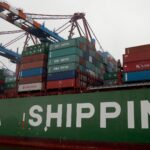
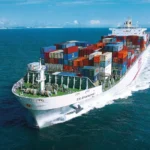
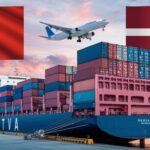

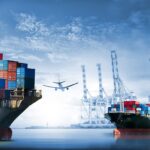

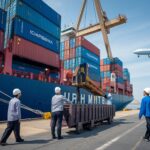
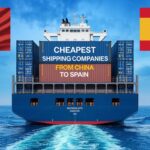

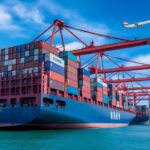
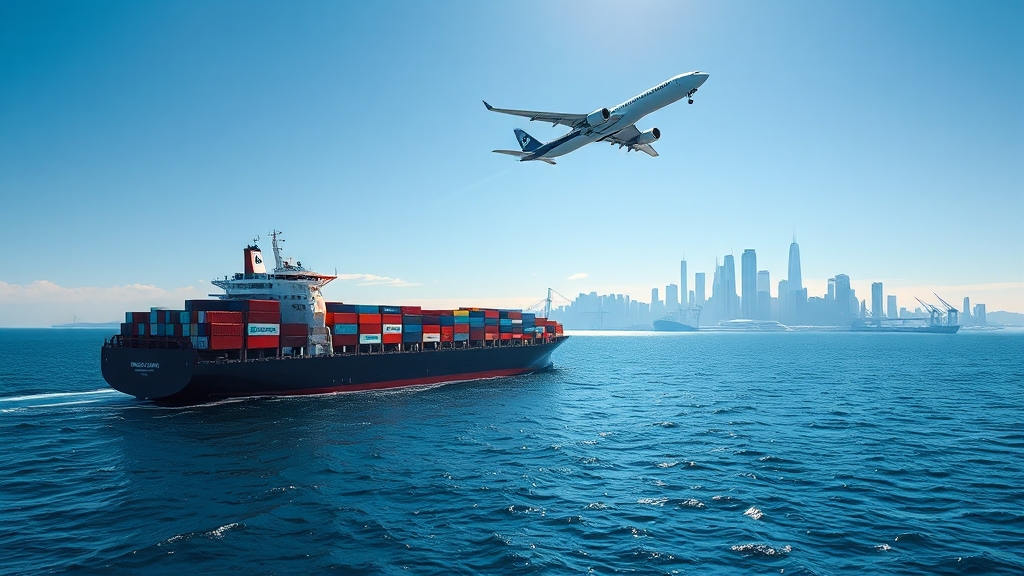
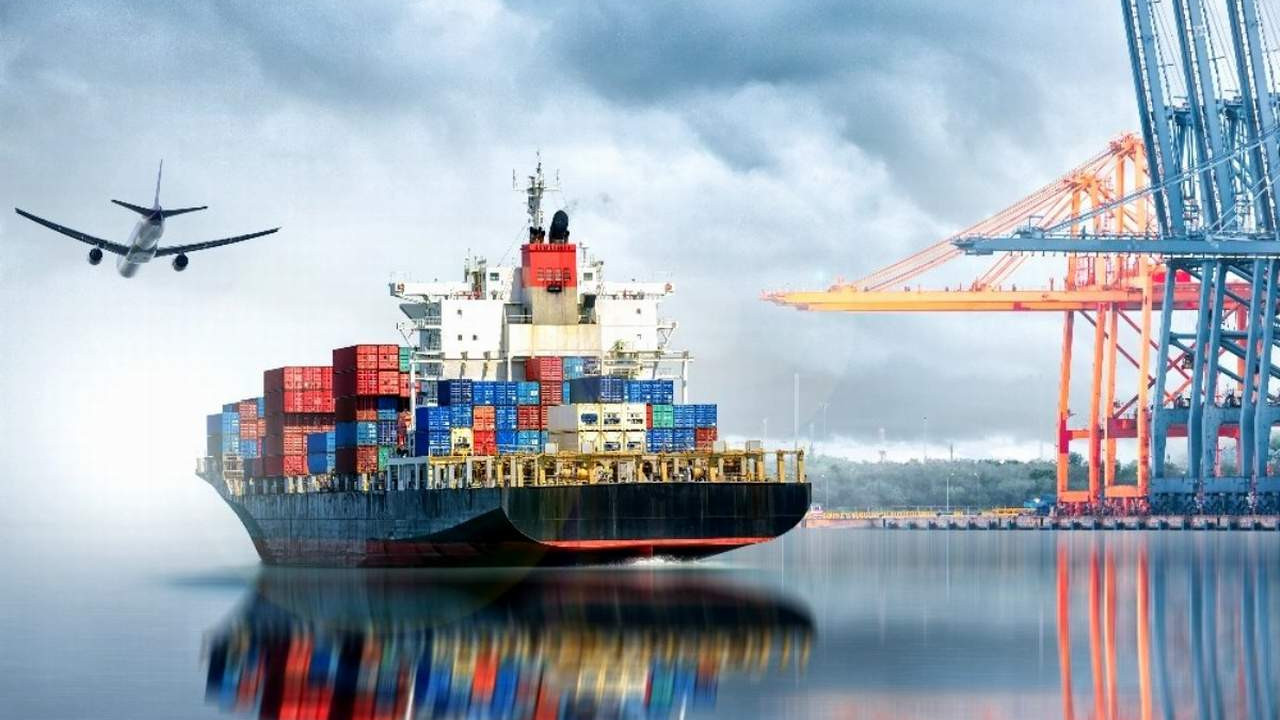
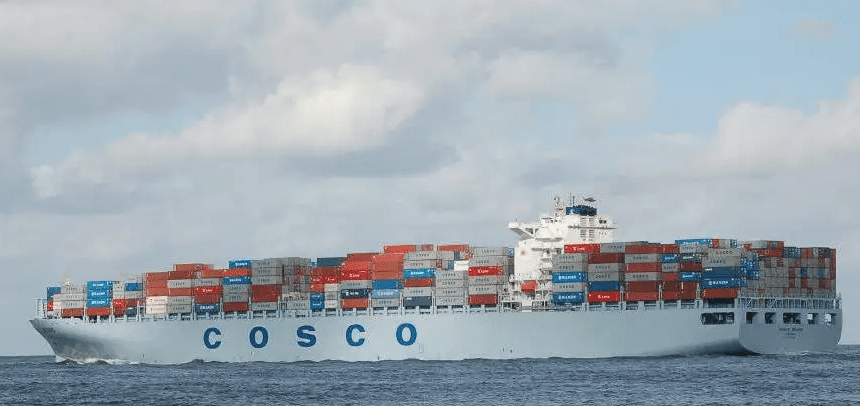
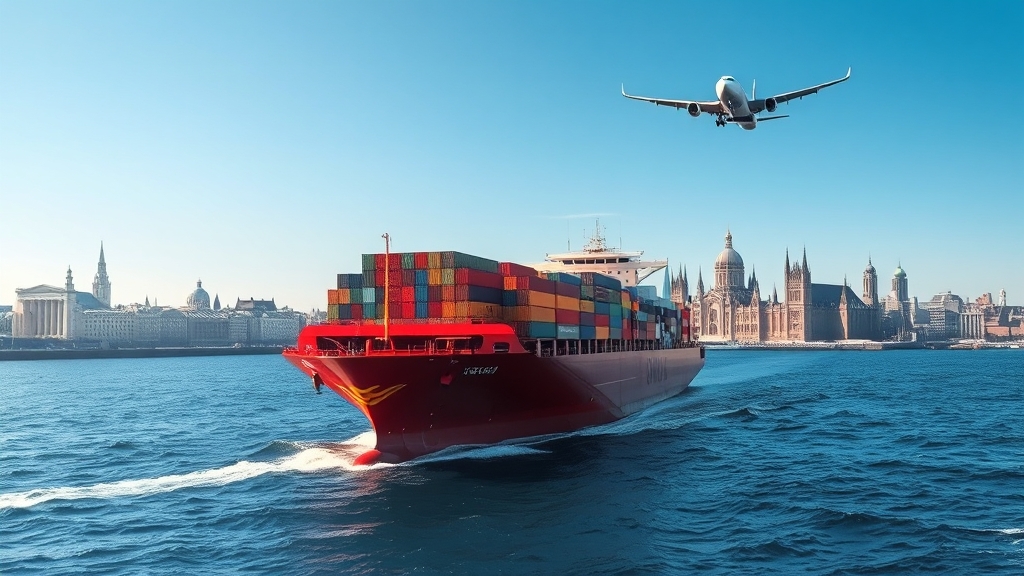
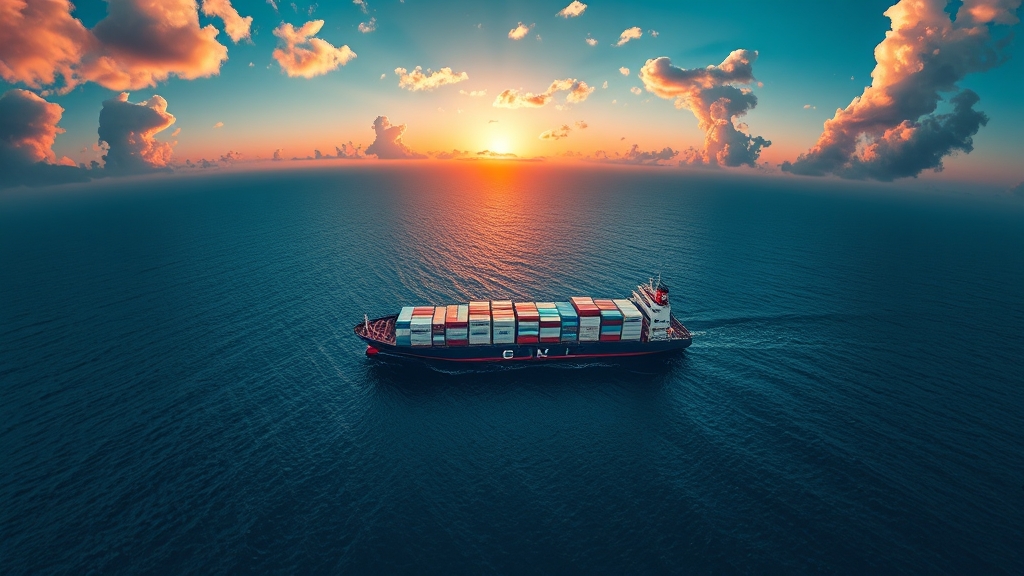





 Afrikaans
Afrikaans Shqip
Shqip አማርኛ
አማርኛ العربية
العربية Հայերեն
Հայերեն Azərbaycan dili
Azərbaycan dili Euskara
Euskara Беларуская мова
Беларуская мова বাংলা
বাংলা Bosanski
Bosanski Български
Български Català
Català Cebuano
Cebuano Chichewa
Chichewa 简体中文
简体中文 繁體中文
繁體中文 Corsu
Corsu Hrvatski
Hrvatski Čeština
Čeština Dansk
Dansk Nederlands
Nederlands English
English Esperanto
Esperanto Eesti
Eesti Filipino
Filipino Suomi
Suomi Français
Français Galego
Galego ქართული
ქართული Deutsch
Deutsch Ελληνικά
Ελληνικά Kreyol ayisyen
Kreyol ayisyen Harshen Hausa
Harshen Hausa Ōlelo Hawaiʻi
Ōlelo Hawaiʻi עִבְרִית
עִבְרִית हिन्दी
हिन्दी Hmong
Hmong Magyar
Magyar Íslenska
Íslenska Igbo
Igbo Bahasa Indonesia
Bahasa Indonesia Gaeilge
Gaeilge Italiano
Italiano 日本語
日本語 Basa Jawa
Basa Jawa ಕನ್ನಡ
ಕನ್ನಡ Қазақ тілі
Қазақ тілі ភាសាខ្មែរ
ភាសាខ្មែរ 한국어
한국어 كوردی
كوردی Кыргызча
Кыргызча ພາສາລາວ
ພາສາລາວ Latin
Latin Latviešu valoda
Latviešu valoda Lietuvių kalba
Lietuvių kalba Lëtzebuergesch
Lëtzebuergesch Македонски јазик
Македонски јазик Malagasy
Malagasy Bahasa Melayu
Bahasa Melayu മലയാളം
മലയാളം Maltese
Maltese Te Reo Māori
Te Reo Māori मराठी
मराठी Монгол
Монгол ဗမာစာ
ဗမာစာ नेपाली
नेपाली Norsk bokmål
Norsk bokmål پښتو
پښتو فارسی
فارسی Polski
Polski Português
Português ਪੰਜਾਬੀ
ਪੰਜਾਬੀ Română
Română Русский
Русский Samoan
Samoan Gàidhlig
Gàidhlig Српски језик
Српски језик Sesotho
Sesotho Shona
Shona سنڌي
سنڌي සිංහල
සිංහල Slovenčina
Slovenčina Slovenščina
Slovenščina Afsoomaali
Afsoomaali Español
Español Basa Sunda
Basa Sunda Kiswahili
Kiswahili Svenska
Svenska Тоҷикӣ
Тоҷикӣ தமிழ்
தமிழ் తెలుగు
తెలుగు ไทย
ไทย Türkçe
Türkçe Українська
Українська اردو
اردو O‘zbekcha
O‘zbekcha Tiếng Việt
Tiếng Việt Cymraeg
Cymraeg יידיש
יידיש Yorùbá
Yorùbá Zulu
Zulu